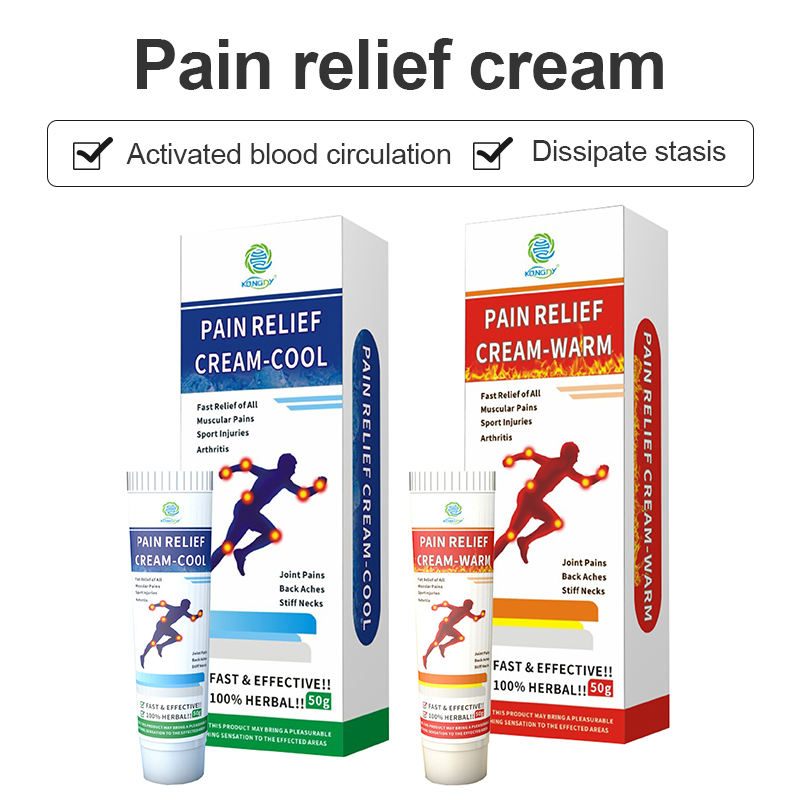The pain cream manufacturing industry is a dynamic sector within the pharmaceutical world, facing both unique challenges and exciting opportunities. As demand for topical pain relief solutions continues to rise, manufacturers must navigate a complex landscape of regulatory requirements, market competition, and evolving consumer preferences.
One of the primary challenges for pain cream manufacturers is compliance with stringent regulatory standards. The FDA and other global regulatory bodies impose strict guidelines on the production, testing, and marketing of topical pain relief products. Manufacturers must invest significantly in quality assurance systems and documentation processes to meet these requirements, which can be particularly challenging for smaller companies with limited resources.
Another hurdle is the intense competition within the market. With numerous players vying for market share, from large pharmaceutical companies to small specialty manufacturers, differentiation becomes crucial. This competition drives innovation but also puts pressure on profit margins, compelling manufacturers to find ways to streamline production processes and reduce costs without compromising quality.

Raw material sourcing presents both a challenge and an opportunity. While securing a stable supply of high-quality ingredients can be difficult, especially for natural or rare compounds, it also offers a chance for manufacturers to forge strategic partnerships with suppliers. Some companies are even exploring vertical integration to gain more control over their supply chains.
The rise of e-commerce and direct-to-consumer models is reshaping the distribution landscape for pain creams. While this opens up new sales channels, it also requires manufacturers to adapt their packaging, marketing, and logistics strategies. Those who can successfully navigate this shift stand to gain a significant competitive advantage.
Despite these challenges, the pain cream manufacturing industry is ripe with opportunities. The growing aging population and increased awareness of the potential risks of oral pain medications are driving demand for topical solutions. Moreover, the trend towards natural and organic products presents an opportunity for manufacturers to develop new, plant-based formulations that appeal to health-conscious consumers.
As the industry continues to evolve, successful pain cream manufacturers will be those who can balance innovation with regulatory compliance, adapt to changing market dynamics, and consistently deliver high-quality products that meet consumer needs. The future of pain cream manufacturing lies in the hands of agile, forward-thinking companies ready to embrace these challenges and opportunities.






